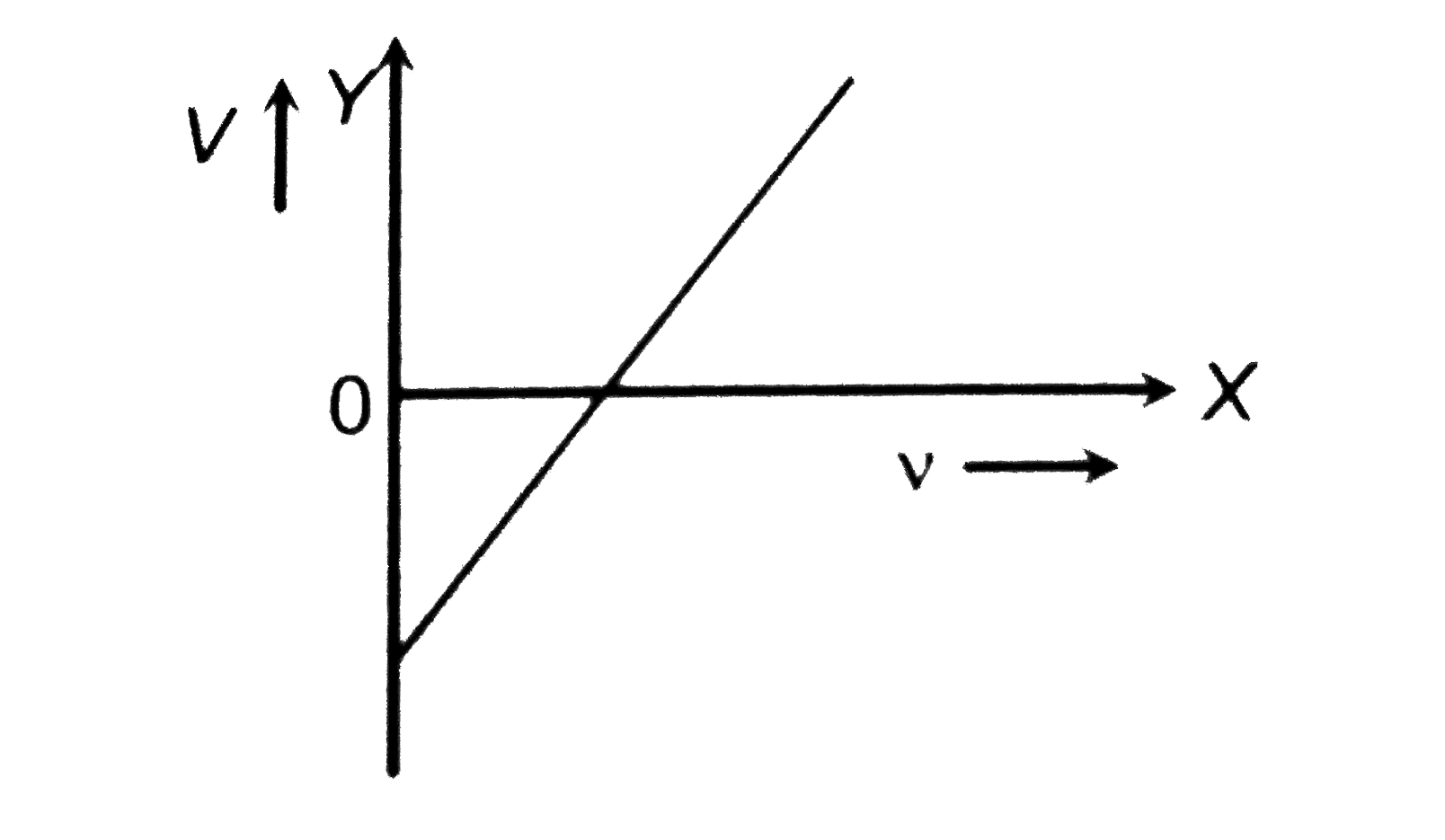A
B
C
D
Text Solution
Verified by Experts
The correct Answer is:
|
Topper's Solved these Questions
DUAL NATURE OF RADIATION AND MATTER
A2Z|Exercise X-Rays|45 VideosView PlaylistDUAL NATURE OF RADIATION AND MATTER
A2Z|Exercise Problems Based On Mixed Concepts|42 VideosView PlaylistDUAL NATURE OF RADIATION AND MATTER
A2Z|Exercise Photo Momentum Energy|30 VideosView PlaylistCURRENT ELECTRICITY
A2Z|Exercise Section D - Chapter End Test|29 VideosView PlaylistELECTRIC CHARGE, FIELD & FLUX
A2Z|Exercise Section D - Chapter End Test|29 VideosView Playlist
Similar Questions
Explore conceptually related problems
Knowledge Check
A
B
C
D
Submit
A
B
C
D
Submit
A
B
C
D
Submit
Similar Questions
Explore conceptually related problems
A2Z-DUAL NATURE OF RADIATION AND MATTER-Photo Electric Effect
- The photoelectric work function for a metal surface is 4.125 eV. The c...
01:18
|
Play - According to Einstein's photoelectric equation, the graph between the ...
01:39
|
Play - The stopping potential V for photoelectric emission from a metal surfa...
01:07
|
Playing Now - In an experiment on photoelectric effect the frequency f of the incide...
01:36
|
Play - The work function of a metal is 1.6 xx 10^(-19) J. When the metal surf...
02:35
|
Play - Ultraviolet radiation of 6.2 eV falls on an aluminium surface (work -...
01:06
|
Play - The work function for tungsten and sodium are 4.5 eV and 2.3 eV respec...
01:33
|
Play - The work function of a metallic surface is 5.01 eV. The photo - electr...
03:08
|
Play - Light of wavelength 4000 Å falls on a photosensitive metal and a negat...
02:30
|
Play - When yellow light is incident on a surface , no electrons are emitted ...
01:58
|
Play - The photoelectric threshold of a certain metal is 3000A. If the radiat...
01:31
|
Play - A photocell stoops emission if it is maintained at 2 V negative potent...
01:25
|
Play - Assuming photoemission to take place , the factor by which the maximum...
02:24
|
Play - When a point source of light is at a distance of one metre from a phot...
02:40
|
Play - If the work function of a metal is 'phi' and the frequency of the inci...
01:10
|
Play - Light of wavelength lambda strikes a photo - sensitive surface and ele...
03:04
|
Play - Light of wavelength 5000 Å falls on a sensitive plate with photoelectr...
01:43
|
Play - If the work function of a photo - metal is 6.825 eV. Its threshold wav...
02:28
|
Play - Work function of a metal is 2.1 eV. Which of the waves of the followin...
01:51
|
Play - The frequency of incident light falling on a photosensitive metal plat...
01:59
|
Play
